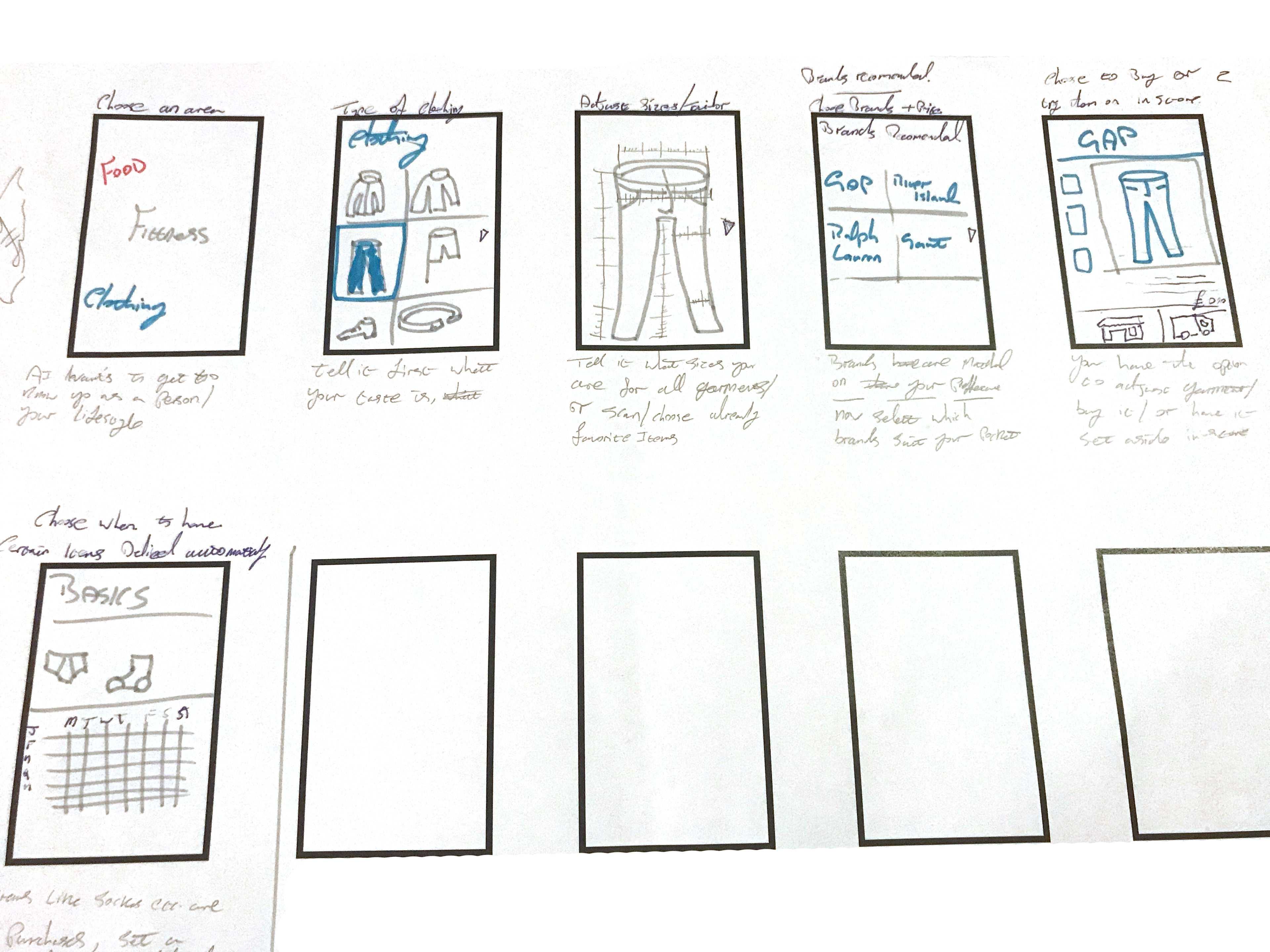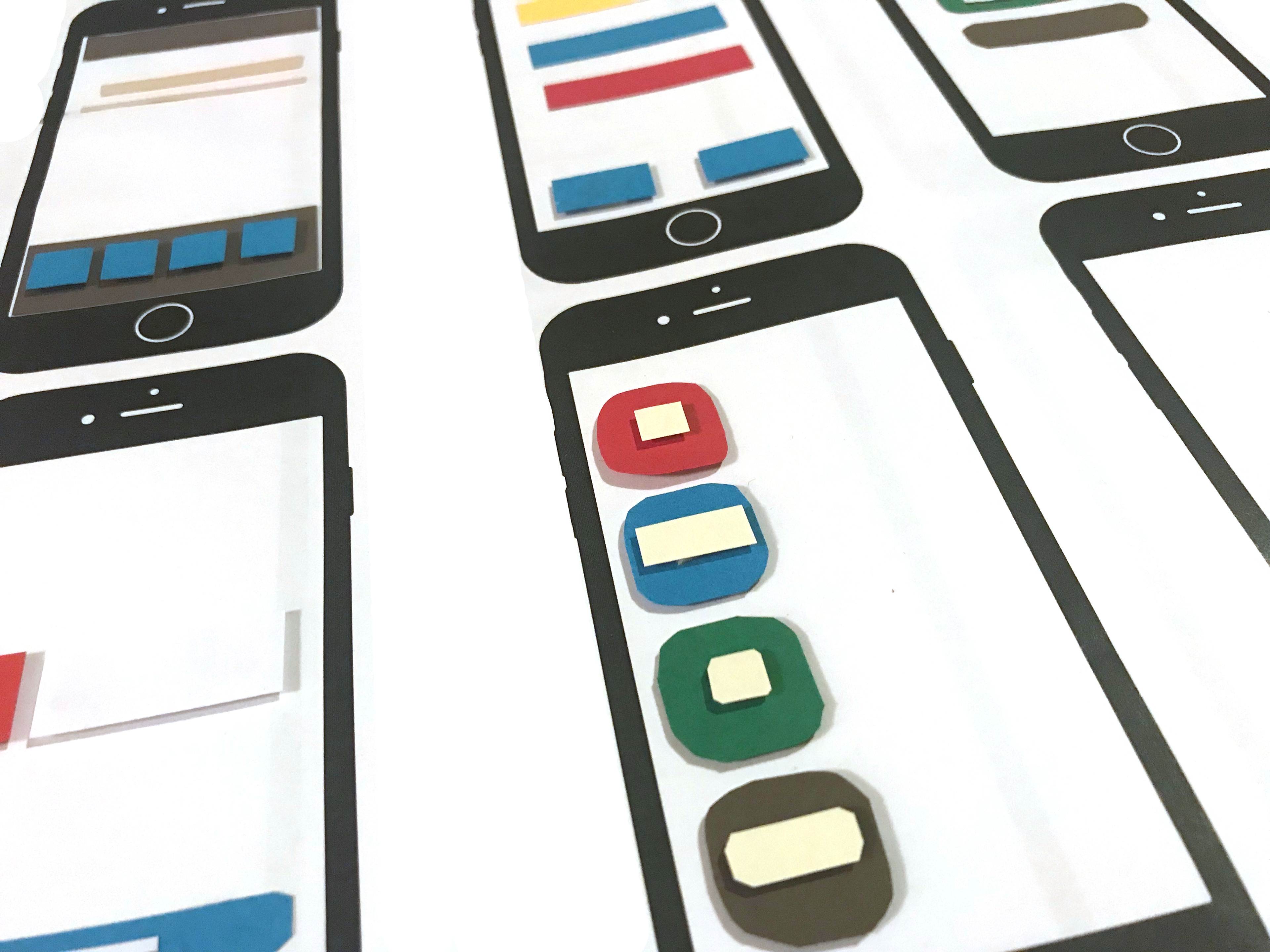Approaching the Challenge
Being asked to consider the future landscape from a technology point of view for ten years from now. When it is expected that Machine learning and Artificial Intelligence will be more accepted in society and from this new forms of work and how we interact with each others will or may change.
- Could there be alternative modes of work that would encourage people to learn new skills or contribute to society in different ways?
- Would this change the way we define work and think about the role of work in our lives?
Our objective was to develop a future scenario and design an artefact, service and experience associated with it.
Since the introduction of computers in the mid-twentieth century, our lives at work have become increasingly digital. Computers are no longer just calculators or word processors – databases and digital storage media have replaced physical printing as the main medium of information storage, and digital forms of communication such as emails, messaging and social media have become main mediums of information transfer and recording.
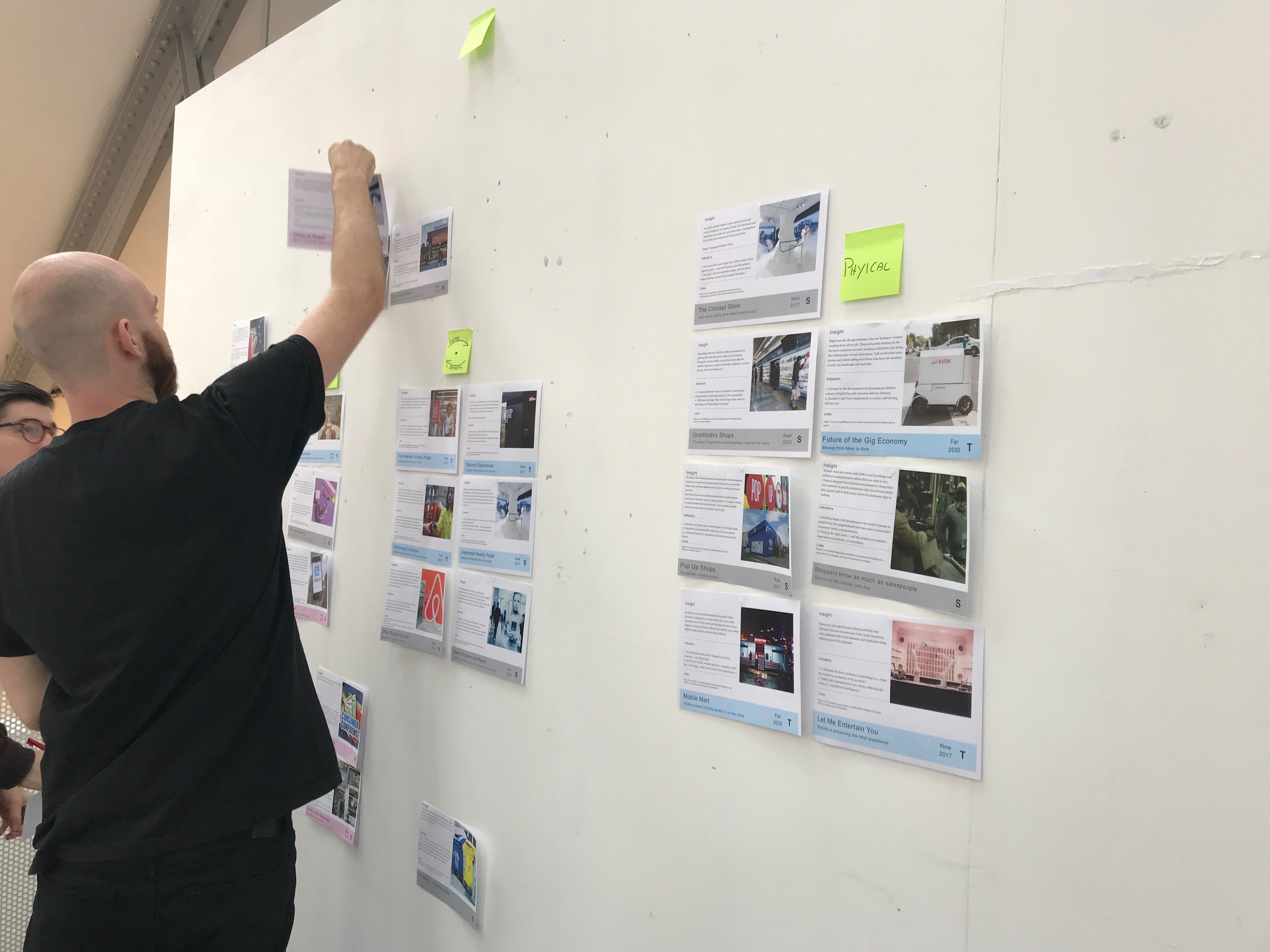
Understanding
After defining our general topic for direction, we then had to do surface research. For this we decided on using STEP cards (Social, Technological, Economical, Political). We came up with a wall full of cards and after affinatising the common themes paterned into key directions to take forward.
Death of the hight street,
Decline of the middle class,
Why would we buy?,
Store credit,
Brexit Means?,
Future of the Gig economy,
Maker revolution
We saw common trends come through in that we wanted to take further. The retail and products were separate yet connected, how is this relationship nurtured in the future? Retail shops are a balance between Design & Creation / Marketing & Selling. Brands, and the designer is vulnerable - “this season it's the cut” Will people be replaced or be used as a tool?

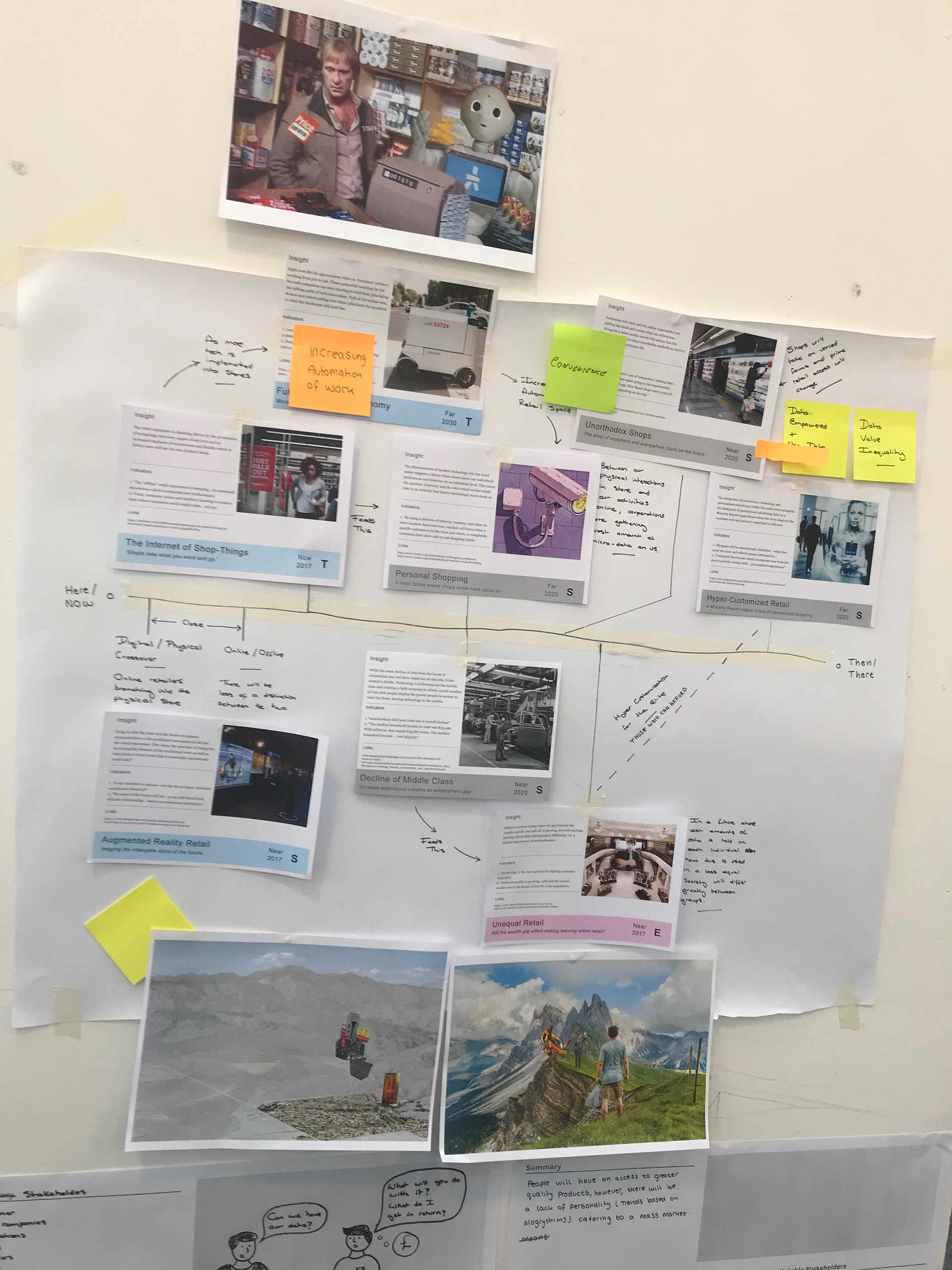
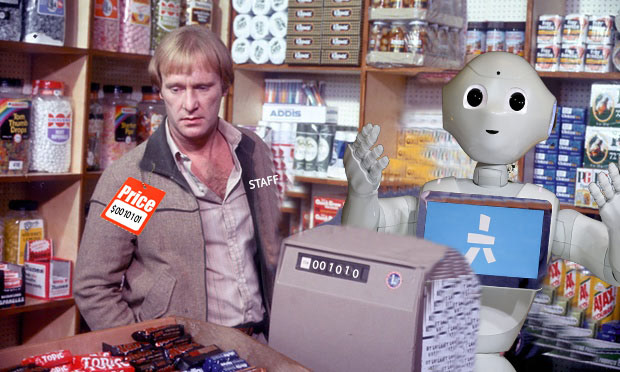
The main driver we took forward were;
Unequal retail
Social media
Corporate state
Decline of the middle class
Data driven retail
Through a series of workshops we created an opposites matrix. We chose to put the customers at the centre along with their social standing. What stood out was that in the future customers will have far more trust in data and technology and also there will be far less inequality. Creating a more open data driven retail world.
Taking this angle of research forward we started thinking of what is happening in the next ten years in this sector.
This really interested us as the retail sector is already relying on technology to operate, Tesco introducing the loyalty card to harness customers data and somewhat tailor their spending habits, however this is very surface driven.
The concepts we came up with were mostly about keeping the customers connected, and trying to give them the Tailored experience which at the moment is only for the high end retailers.
The idea of the shops will know your sizes from how you already show, and the food you consume then by walking into the store your garments would be automatically there and fit you.
How might we create a retail experience that tailors our spending habits?
A connected lifestyle experience aimed at harnessing financial spending and online browsing habits, Creating a more coherent identity for the user, their financial heartbeat is fed through collating this data and creating lifestyle lenses.
Tailoring the users retail habits harnessing the users lifestyle data sets creating physical interactions to balance financial spending.
Interviewing an AI specialist with a background in banking;
"The reason AI will offer a clear advantage over traditional programming techniques is that it offers a way to tackle problems that would be hard to solve any other way. Cognitive computing is evolving quickly. There are elements of AI that represent a leap in faith, but others elements are proven. We know some of the APIs are pretty mature and have been proven for customers in financial institutes, where they can improve customer care by reading correspondence or they can understand tone of voice to evaluate customer sentiment, the technology still needs to be adapted for retail. AI represents a huge opportunity for retail, and the IT team is in a strong position to take advantage of it. Given that cognitive retail relies on teaching the machine, You need to have a clear idea of your business problem and you need the time, patience and investment to get the results.”
This had me thinking about where money and spending come into design? And if we had chosen to include it, and as a group we had not considered nor developed a money side. For me this was an interesting area to concentrate on, this and after a whistle-stop workshop for persona generating it became clear that spending habits was key to developing a persona centred around financial retail.
Taking this further I think it is important to centralise the users spending habits as this is what drives the consumer and the retailers should also have a responsibility to look after their customers.
Design Specification
Target Customer
This service is for people in their mid 20s, recently graduated and money is spent on what they want not always what they also need. Creating a
contradicting brand identity
Function
This service is to utilise all retail aspects of the users lifestyle; Money, Food, Fitness, Clothing. Financial aspect is the main aspect, through establishing a criteria for each lifestyle to be looked at, AI records this with ML making the desicions and setting goles for the user. From this as the user walks into a shop the phone becomes a garmin of the store - only showing the user the garments they can afford to buy.
Performance
The product will be Application based, using the users data from aspects of their lifestyle.
Environment
The environment this is in is digital, and dealing with the users digital banking, current trends are currently aiming this way, The government is also changing law to accept Open Banking Standards
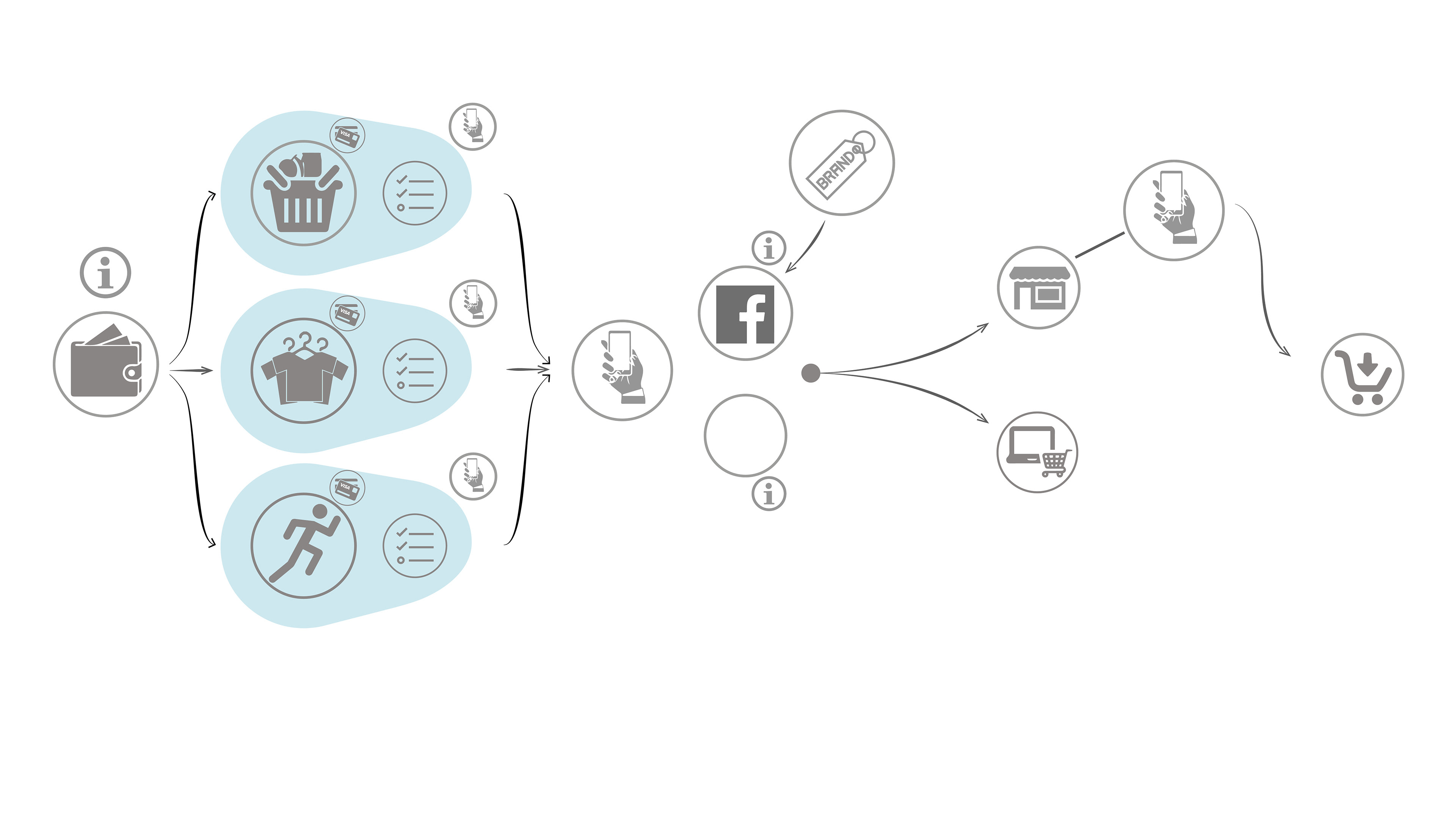
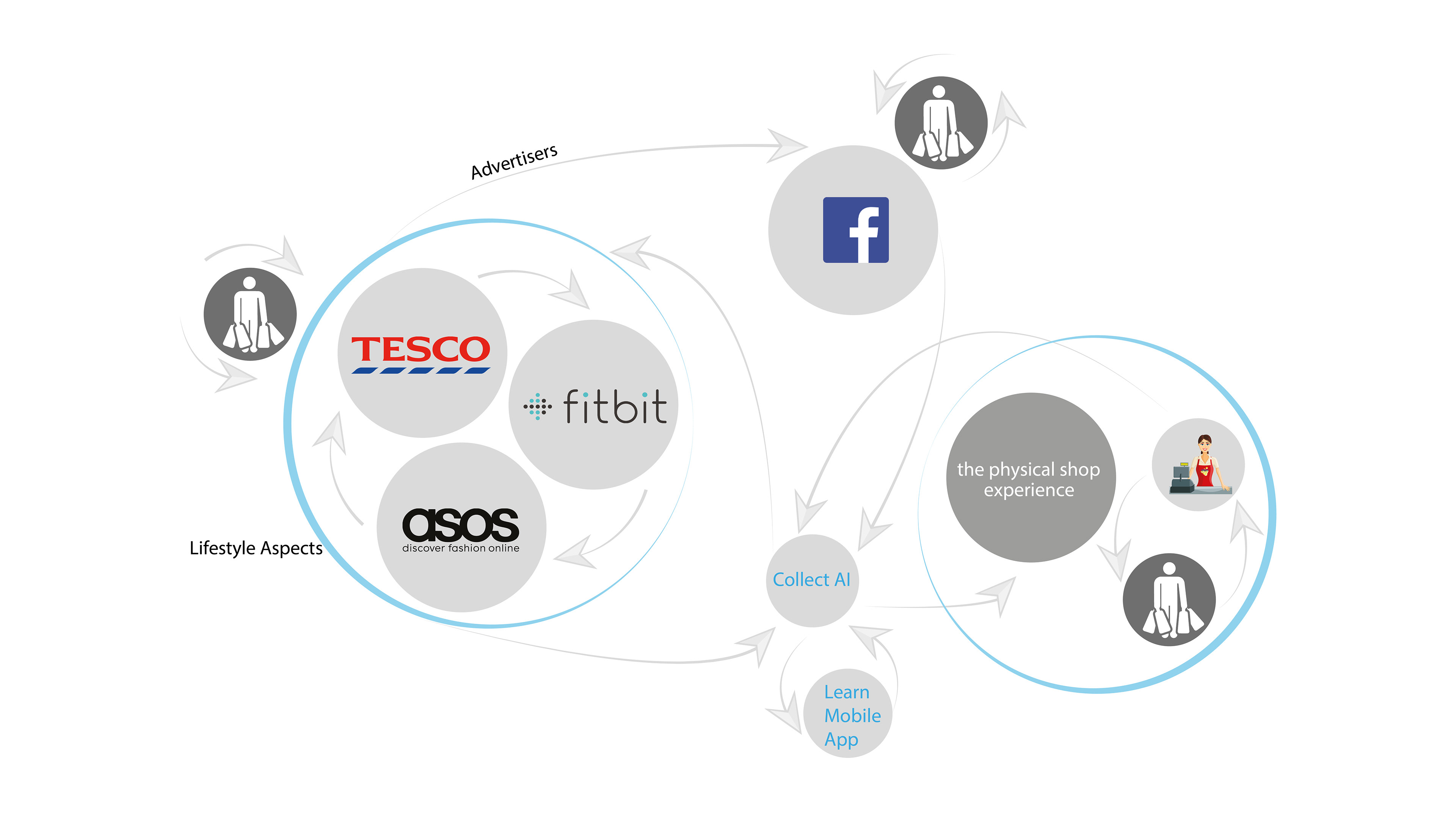
Developing this service map further I had to integrate the finances/ spending of the user. This has to be central to the service so that was the starting point, from that I decided on using all areas of retail, including food, lifestyle & clothing, with the aim that combining these and using the social media then data then a better overall service .
My demographic is the prime for digital banking, being relatively new it is the future of banking, users are being far more informed and interested about their own finances and being able to control this. By utilising this it would be a means of regulating their spending and giving ideas and suggestions based on their financial situation at that time.
I put together the final overall service map, integrating all of the stakeholders involved in the retail map. Mapping a customer’s retail including food, fitness, and clothing it soon became clear that the other aspect of retail if not the most important was financial. Putting these in a service map to make sense of how this service would work and how in relation to each other they were brought it together and made sense.
The users social media and browsing being tracked can then inform the service, also taking information from the other areas of the users lifestyle in terms of what they do for fitness and food shopping. This can then build a users profile.
After defining the service map, I then had to realise the physical service and how the user would interact with it. To do this I created a large wall of customer journey drawings, these were moved about and comments stuck to it as suggestions and areas to inquire into to. This was a major leap for me in realising this service, just being able to re-arrange the order or add details in.
Trying to begin to wireframe this app I roughly mapped it out with what screens I might need, even adding some from other concepts as a way to tell a story to myself. Laying it out like this again helped me talk about the design and what it was I wanted the app to do as a means to bring the users spending habits and tailor their retail. On this project I wasn’t sure if it was helping me to design the app however it made me think about the relationships and hierarchy of what is on the screen.
